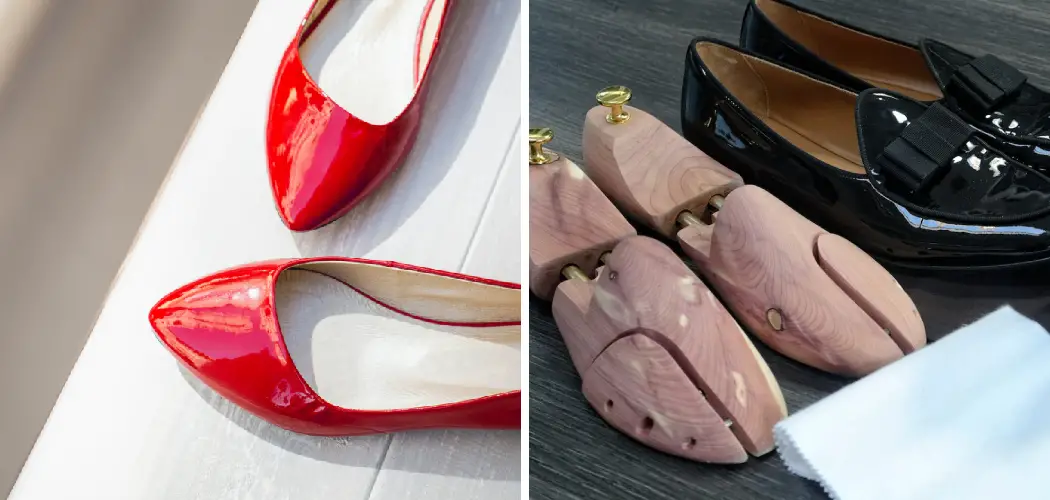Patent leather is known for its glossy, mirror-like finish, making it a popular choice for shoes, handbags, and accessories. However, maintaining that pristine shine requires proper care and attention.
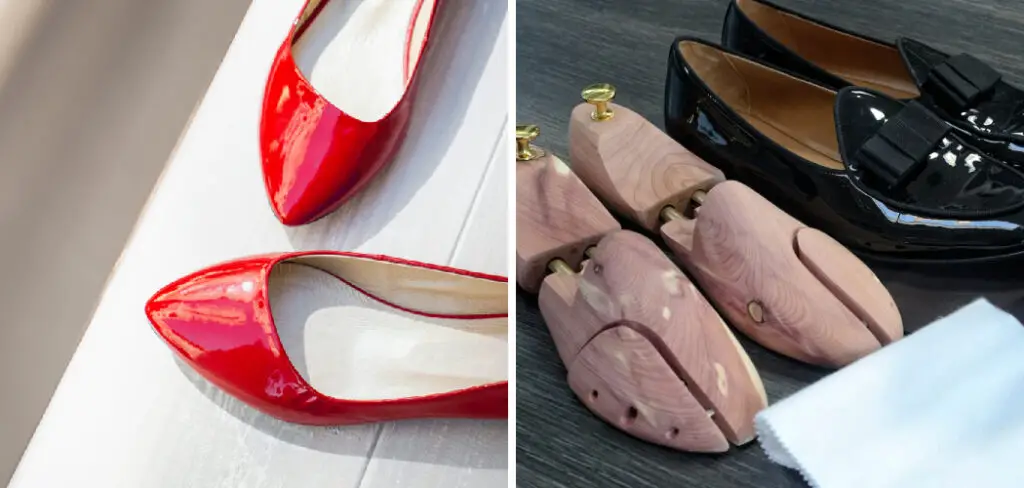
In this guide on how to protect patent leather, we’ll explore the steps necessary to protect and preserve your patent leather items, ensuring they stay looking their best for years to come. From cleaning techniques to storage tips, you’ll learn how to safeguard your investment and keep it gleaming.
What is Patent Leather?
Patent leather is a type of coated leather that has been treated with a high-gloss finish to give it a shiny, reflective appearance. This finish not only adds visual appeal but also makes the leather more durable and resistant to water and stains.
Patent leather was first created in the late 1700s and gained widespread popularity in the early 1900s when it was used for formal footwear. Today, patent leather is used for a variety of fashion items such as shoes, handbags, belts, and even clothing.
Why is It Important to Protect Patent Leather?
As with any investment, it’s essential to properly care for and maintain your patent leather items.
The glossy finish of patent leather can easily become scratched or dulled if not handled correctly, leading to a loss of shine and overall appearance. Additionally, regular wear and tear, exposure to sunlight and moisture, and contact with other materials can all cause damage to patent leather.
By taking the time to protect your patent leather items, you’ll not only keep them looking their best but also extend their lifespan. This will save you money in the long run by avoiding the need for frequent replacements.
10 Step-by-step Guidelines on How to Protect Patent Leather
Step 1: Prepare a Soft Cloth
Begin by selecting a soft, non-abrasive cloth to use for cleaning and buffing your patent leather items. Microfiber cloths are an excellent choice, as they are gentle on the surface and effectively remove dirt and dust without causing scratches.
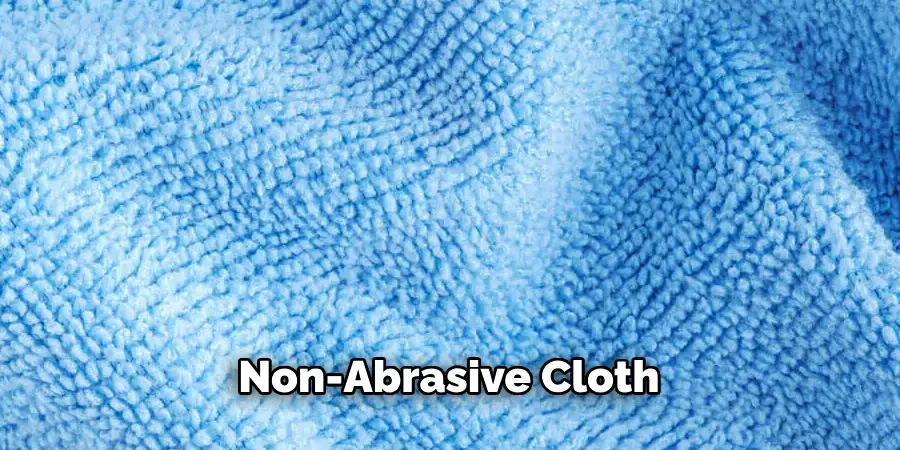
Ensure that the cloth is clean and dry before use, as any debris or moisture can damage the glossy finish. This simple preparation step sets the foundation for effective and careful maintenance of your patent leather pieces, ensuring they remain scratch-free and shiny.
Step 2: Remove Surface Dirt
To remove surface dirt and grime from your patent leather items, gently wipe them down with the prepared soft cloth. Focus on areas with visible dirt, using light, careful strokes to avoid scratching the glossy finish. If necessary, dampen a corner of the cloth with a small amount of lukewarm water to help lift stubborn dirt.
Avoid using excessive water, as this can damage the leather. Once the surface dirt is removed, allow the item to air dry completely before proceeding to the next steps. Regularly removing surface dirt ensures that your patent leather maintains its sparkling appearance and prevents long-term damage.
Step 3: Apply a Leather Cleaner
Next, you’ll want to use a specialized leather cleaner suitable for patent leather. These cleaners are designed to effectively remove dirt and grime without damaging the glossy finish. Follow the instructions on the product carefully, applying the cleaner using light, circular motions with a clean cloth.
Avoid using harsh chemicals or abrasive products, as these can strip away the protective coating and damage the leather. Be sure to test any new cleaners on a small, inconspicuous area before using them on your entire item.
Step 4: Wipe Away Excess Cleaner
After applying the leather cleaner, it’s crucial to wipe away any excess residue to prevent it from dulling the glossy finish of your patent leather items.
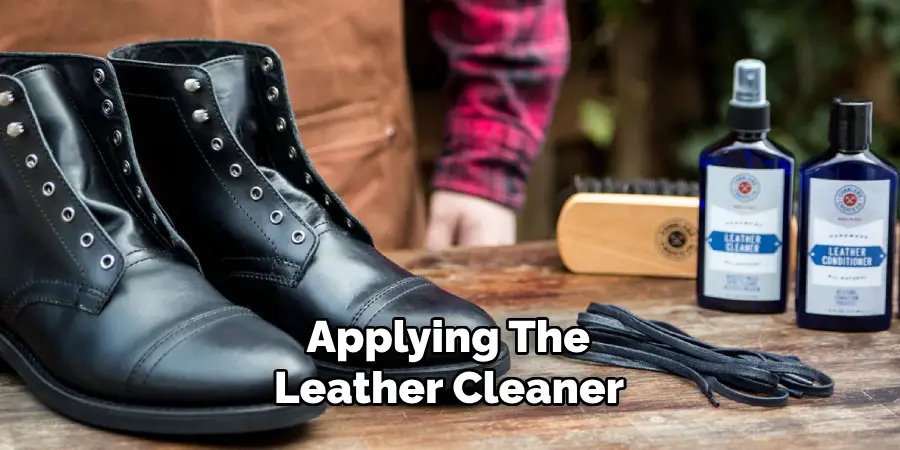
Use a clean, dry microfiber cloth to gently wipe the surface in light, circular motions. Make sure to thoroughly remove all traces of the cleaner, as leftover residue can attract dirt and compromise the appearance of the leather.
This step ensures that your patent leather retains its brilliant shine and remains free from any potential discoloration or build-up caused by the cleaning agents. Once you’ve wiped away the excess cleaner, allow the item to air dry completely before moving on to the next step.
Step 5: Dry Thoroughly
Patent leather should always be dried thoroughly after cleaning or exposure to water. Use a clean, dry cloth to gently pat the surface of your item and remove any excess moisture. Do not use heat or direct sunlight to dry patent leather, as this can cause it to crack or peel.
Allow the item to air dry completely before proceeding with any other steps. This will ensure that your patent leather is completely dry and ready for the next stage of protection.
Step 6: Apply a Protective Spray
To further protect your patent leather items from water, stains, and UV damage, consider using a protective spray. These sprays create a barrier on the surface of the leather to prevent any damage from occurring.
Make sure to choose a spray specifically designed for patent leather and follow the instructions carefully when applying it. Take care not to overspray or saturate the leather, as this can cause discoloration or peeling. Allow the item to dry completely before use.
Step 7: Use Leather Conditioner
While patent leather does not require conditioning as often as regular leather, it can benefit from occasional conditioning to maintain its flexibility and prevent cracks or peeling. Choose a leather conditioner designed for patent leather, and follow the instructions for application.
Conditioning your patent leather items will help them retain their glossy finish and prolong their lifespan. Be sure to use the conditioner sparingly, as too much can cause buildup or discoloration.
Step 8: Keep Away From Sunlight
Just like regular leather, patent leather is sensitive to sunlight and can easily fade or crack if exposed for extended periods. Avoid storing your patent leather items in direct sunlight or near heat sources such as radiators or heaters.

If you need to dry wet patent leather, do so away from any heat source and allow it to air dry naturally. Additionally, consider using a UV protectant spray to further shield your patent leather from harmful sunlight.
Step 9: Store Properly
When not in use, it’s essential to store your patent leather items properly to avoid any scratches or unnecessary damage. Keep them in a dry, cool place away from direct sunlight and extreme temperatures.
You can also stuff the item with tissue paper or bubble wrap to help maintain its shape and prevent creases. Avoid storing patent leather items in plastic bags, as this can trap moisture and cause mold or mildew growth.
Step 10: Handle With Care
Lastly, always handle patent leather items with care to avoid any accidental scratches or dents. When wearing them, be mindful of surfaces that may cause damage, such as rough table edges or metal accessories.
When not in use, store the item in its original dust bag or wrap it in a soft cloth to protect it from any potential damage. With proper handling and maintenance, your patent leather items will continue to shine and look their best for years to come.
Remember to regularly clean and care for your patent leather pieces to maintain their glossy finish and prevent any long-term damage. With these simple steps on how to protect patent leather, you can enjoy your patent leather items for many seasons to come.
Maintaining and Refreshing Protection
Even after following all the protective measures, it’s crucial to regularly maintain and refresh the protection of your patent leather items. Over time, the protective sprays and conditioners you have applied can wear off, reducing their effectiveness. To keep your patent leather looking its best, reapply these protective products periodically.
For protective sprays, consider reapplying every few months, especially if the items are used frequently or exposed to harsh conditions. Conditioning treatments can be done less frequently, perhaps once or twice a year, to ensure the leather remains supple and free from cracks.
If you notice any specific areas where the patent leather appears dull or worn, give these spots extra attention during your maintenance routine. Cleaning them thoroughly and applying a bit more conditioner or protective spray can help restore their luster.
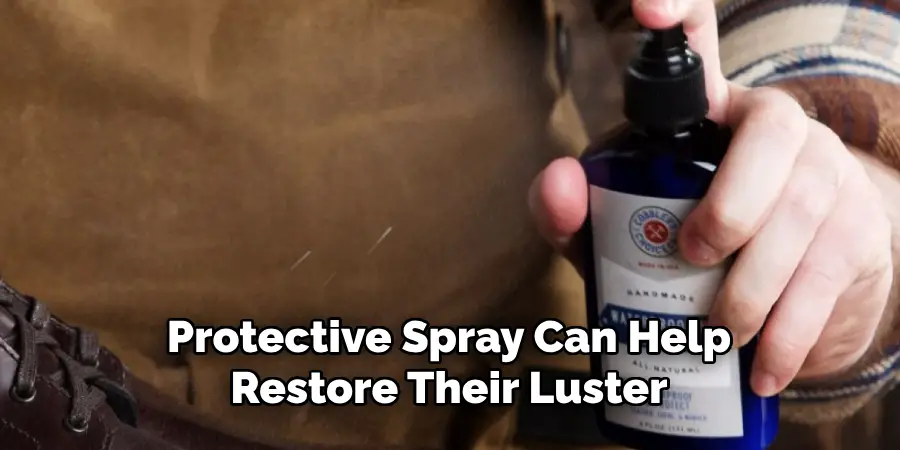
Consistent care will not only preserve the glossy finish but also extend the life of your patent leather items, allowing you to enjoy them for many more seasons.
Storing Patent Leather Items
Proper storage is essential to maintain the appearance and longevity of your patent leather items. When storing, ensure that your items are kept in a cool, dry place away from direct sunlight and extreme temperatures.
Avoid using plastic bags for storage, as they can trap moisture and lead to mold or mildew growth. Instead, opt for dust bags or breathable fabric covers that allow air circulation.
Stuffing items like shoes or bags with tissue paper or bubble wrap can help maintain their shape and prevent creases. For handbags, be sure to fill out the interior to keep the leather from sagging or folding over time. Position your patent leather items so that they are not in contact with each other or with abrasive surfaces to avoid scratches and dents.
Additionally, consider placing silica gel packets inside the storage containers to absorb any excess moisture. Regularly check on your stored items to ensure they remain in optimal condition and take the opportunity to refresh protective sprays or conditioners as needed.
By taking these steps, you can ensure that your patent leather items stay pristine and ready to use whenever you need them.
Dealing with Common Issues
Even with meticulous care, patent leather items can sometimes develop issues that need to be addressed promptly to prevent further damage. Here are some common problems and how to handle them:
Scuffs and Scratches
Scuffs and scratches are inevitable with regular use, but they can be minimized with a few simple steps. First, gently clean the affected area using a soft cloth and mild soap solution, making sure to remove any debris.
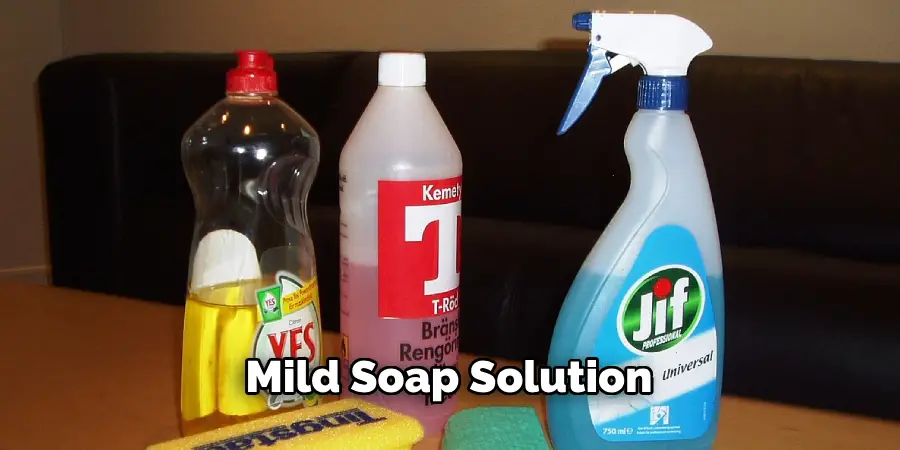
Once the surface is clean, you can use a patent leather repair product or a dab of petroleum jelly to buff out small scuffs. Apply the product sparingly and polish with a soft cloth to restore the shine. For deeper scratches, consider consulting a professional leather repair service.
Discoloration
Discoloration can occur from exposure to sunlight, heat, or chemicals. To treat discolored areas, start by cleaning the leather as you normally would. Specialized patent leather care products are available to help blend and match the original color. For severe discoloration, professional dyeing services can restore your item to its former glory.
Stains
Stains can be especially tricky to remove from patent leather. For minor stains, a damp cloth can often do the trick. For more stubborn marks, a mixture of mild soap and water may be used.
Be gentle and avoid saturating the leather. If the stain persists, specialized patent leather cleaners are available that can effectively remove more difficult blemishes. Always test any cleaning product on an inconspicuous area first to ensure it does not damage the finish.
Peeling
Peeling is a more severe problem that may occur if the patent leather’s protective layer breaks down, often due to improper care or extended exposure to harsh conditions. Unfortunately, once peeling begins, it is difficult to fully restore the item.
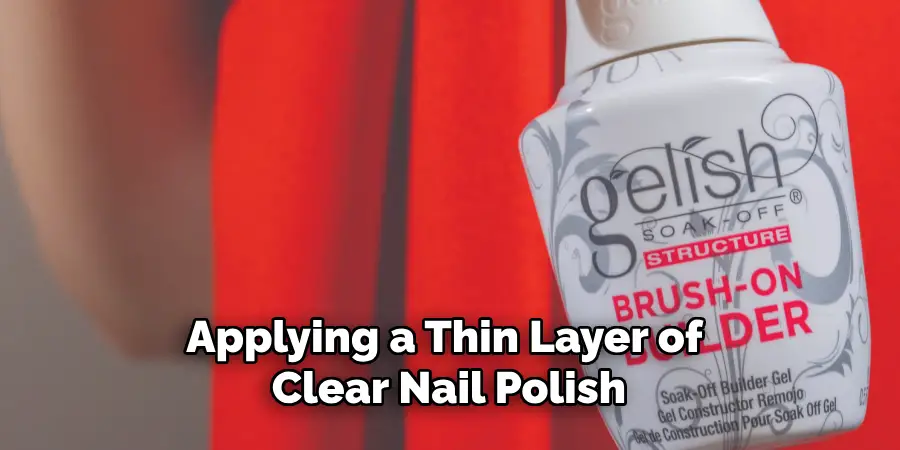
However, applying a thin layer of clear nail polish can sometimes help to temporarily bond peeling sections. For significant peeling, consult with a leather specialist to assess the viability of extensive repairs.
Tackiness
Patent leather can sometimes become sticky, particularly in warmer climates. This tackiness is often due to an accumulation of dirt and oils. To resolve this issue, clean the leather thoroughly. Once clean, a light dusting of talcum powder can be applied and wiped off to remove any remaining stickiness.
By addressing these common issues promptly and carefully, you can maintain the appearance and longevity of your patent leather items. Regular upkeep and proper handling will ensure they remain a cherished part of your wardrobe for years to come.
Additional Tips
To further enhance the longevity and appearance of your patent leather items, consider the following additional tips:
Avoid Contact with Sharp Objects:
Patent leather is susceptible to scratches and marks from sharp objects. Be mindful of the surfaces you place your items on and try to keep them away from rough or abrasive materials. If possible, store your patent leather items in a separate compartment or drawer to prevent accidental contact with sharp objects.
Avoid Using Harsh Cleaning Products:
When cleaning your patent leather items, avoid using harsh chemicals or abrasive materials that can strip away the protective layer and cause damage. Stick to gentle cleaners specifically designed for use on patent leather.
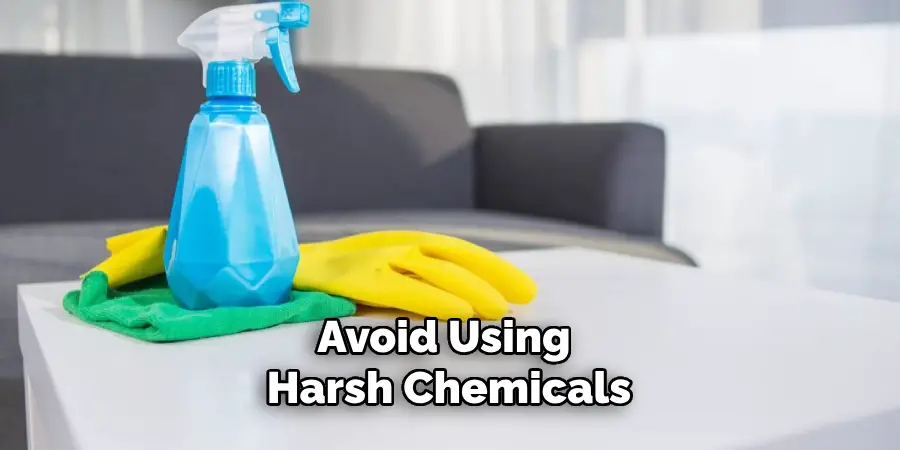
Be Mindful of Temperature Changes:
Extreme temperatures can affect the appearance and structure of patent leather. Avoid exposing your items to direct sunlight or placing them near sources of heat such as radiators or heaters. Sudden temperature changes can also cause cracking or peeling, so try to keep your items stored in a cool, consistent environment.
Frequently Asked Questions
Q: Can I Use Regular Leather Cleaner on Patent Leather Items?
A: No, it is recommended to use a specialized leather cleaner designed for patent leather to avoid damaging the glossy finish. Always follow the instructions on the product carefully and test on a small, inconspicuous area before use.
Q: How Often Should I Condition Patent Leather Items?
A: Patent leather does not require conditioning as often as regular leather. It is recommended to condition your patent leather items occasionally to maintain their flexibility and prevent cracks or peeling. The frequency of conditioning will depend on how often you use the item and its exposure to sunlight.
Q: Can I Use Heat to Dry Wet Patent Leather?
A: No, it is best to let wet patent leather air dry naturally away from any heat sources. Using heat can cause the leather to crack or peel. You can also stuff the item with tissue paper or bubble wrap to help maintain its shape while drying. It is also recommended to use a protective spray to shield your patent leather from harmful UV rays.
Q: Is It Necessary to Store Patent Leather Items in Dust Bags?
A: While it is not necessary, storing patent leather items in dust bags can help protect them from accidental scratches or dents while in storage. You can also wrap the item in a soft cloth for added protection.
Q: Can I Use Patent Leather Items in Rainy Weather?
A: It is not recommended to use patent leather items in rainy or wet weather, as they are not fully waterproof. If they do get wet, make sure to dry them thoroughly and apply a protective spray afterward.
Remember to always handle and store your patent leather items with care to maintain their glossy finish and prolong their lifespan. Enjoy the sleek and shiny look of patent leather with these simple tips on how to protect it!
Conclusion
Patent leather is a beautiful, eye-catching material that requires proper care and maintenance to keep it looking its best.
By following these steps on how to protect patent leather, you can ensure that your patent leather items remain glossy and protected from any potential damage.
Remember to clean, dry, and store your patent leather items properly and handle them with care to prolong their lifespan. With these tips in mind, you can confidently wear and enjoy your patent leather pieces for many seasons to come.

